Written by Terry Dunn
E-flite A-10 Thunderbolt II 64mm EDF BNF Basic With AS3X and SAFE Select
As seen in the August 2020 issue of Model Aviation.
Bonus Video
About the E-flite A-10
This A-10 has airframe components that are made of molded foam. It has a convincing scalelike profile, along with panel lines and simulated rivets. Yes, the Warthog’s iconic 30 mm Gatling gun is represented with nicely detailed plastic parts. Go ahead and start practicing your loudest "brrrrt" now. You will need it for low-altitude strafing runs! The gray camouflage paint scheme is factory applied, as are most of the decals. My model has clean paint work and the decals are nice and straight. A close inspection revealed a few decals with edges that were beginning to lift, but they are holding tight so far. E-flite offers two versions of the A-10. The PNP variant includes everything except a flight battery, charger, transmitter, and receiver. The BNF model that I reviewed adds a Spektrum six-channel receiver that is compatible with DSM2/DSMX transmitters. This receiver also provides AS3X and SAFE Select stabilization features.Image

Image
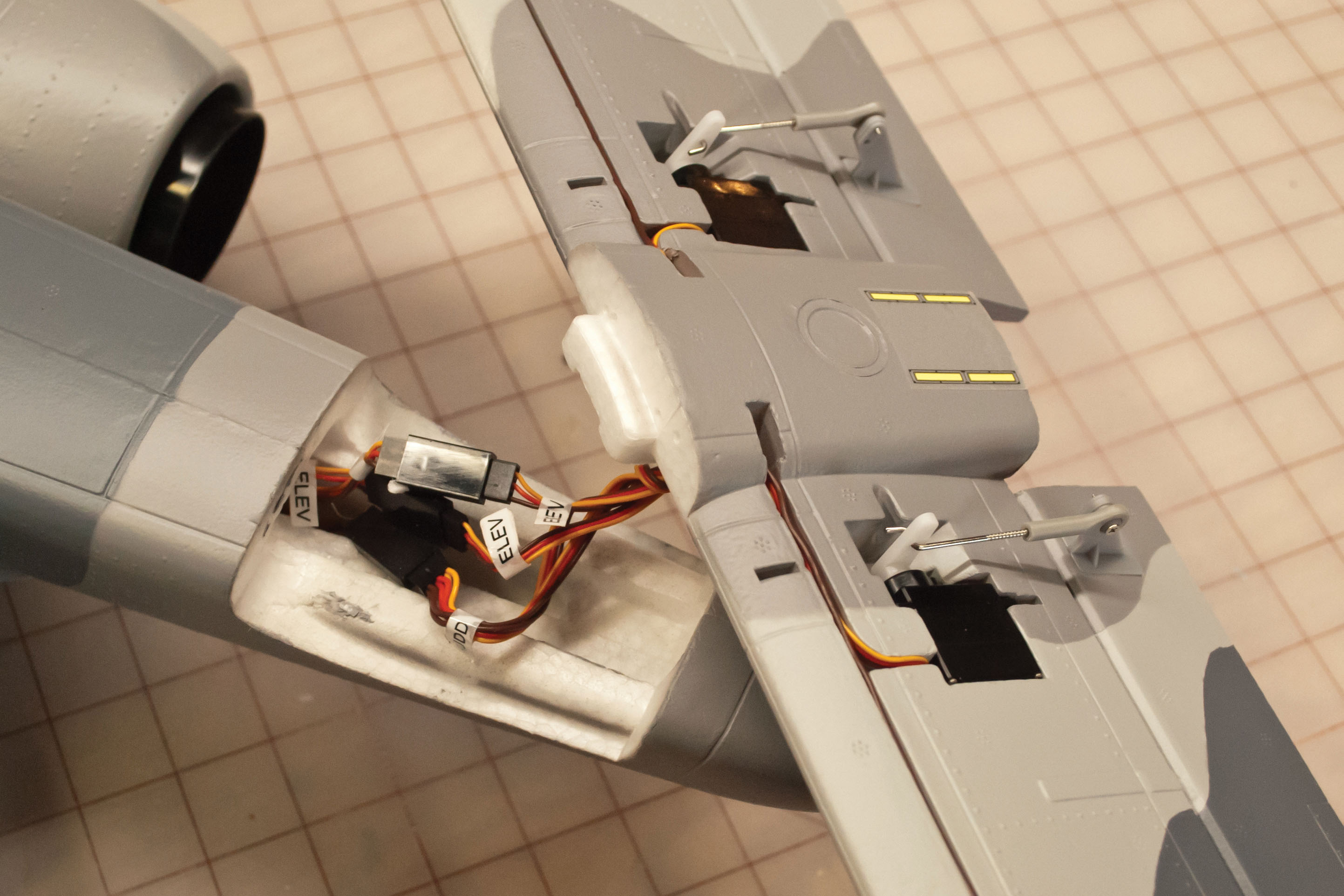
Image
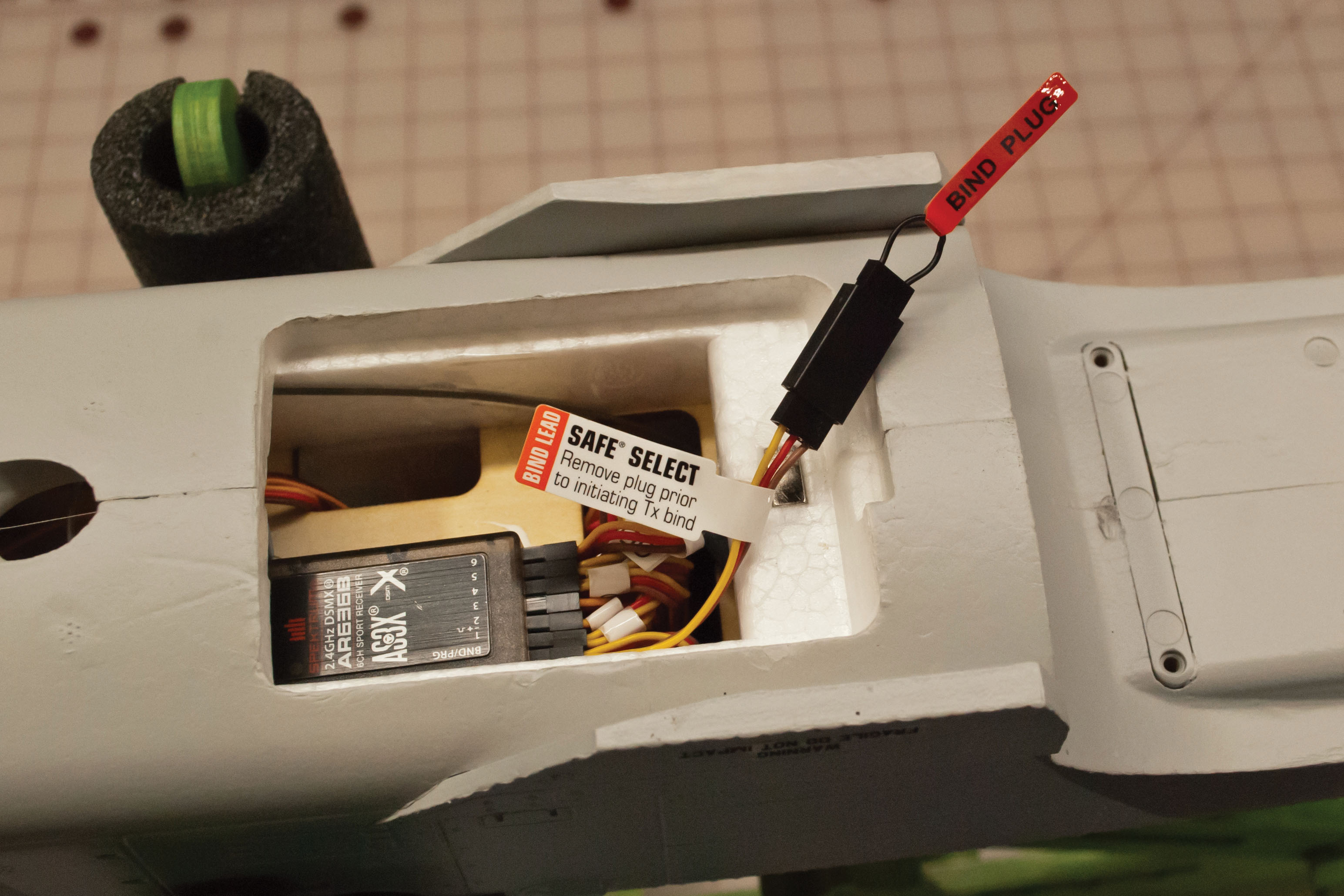
Assembling the A-10
Most of the model is factory assembled, but there are a few things left for you to attach. The first task is to plug the four elevator and rudder servos into extensions that emerge from the rear of the fuselage. The next step is to glue the foam tail feathers into position with medium CA glue. As I was preparing to attach the tail feathers, I realized that the servo connections I had just made would be inaccessible as soon as the foam pieces were in place, so I skipped ahead and linked the receiver to my Spektrum iX12 transmitter. This allowed me to verify that all of the tail servos were properly connected and functioning before sealing the plugs. Removing a magnetically secured hatch in the belly of the model reveals a Spektrum AR636 receiver. The wires from all of the components that are connected to the receiver are jumbled into a messy bird’s nest inside the fuselage. Thankfully, E-flite provides a well-marked and easily accessible extension for the bind plug. I was able to bind the receiver with no problem. The tail feathers fit together nicely with tight, straight joints. I really appreciated that the contact areas had not been painted so that the CA could bond directly to the foam. Stickers are provided to cover the servos and blend them with the surrounding paint. Plugs for the main retracts and wing servos are hard mounted in the wing saddle. These connections are made automatically as the wing is pressed into position. Four 3 mm screws secure the wing to the fuselage. The 2 mm hex wrench required for these bolts is not included. One of the kit’s scale accents is a replica of the Pave Penny pod, which is located below the starboard side of the canopy. The manual instructs you to use CA to secure this foam piece. I found that I kept bumping the pod while handling the A-10. After breaking the pod off, I decided to reattach it with 1/4-inch diameter magnets. The magnets hold it securely in flight but allow the pod to pop free without damage if it gets jarred. There are eight plastic hardpoints on the bottom side of the wing. These areas are used to attach the removable ordnance that is included with the A-10. You get a mixture of bombs, rockets, and missiles to load on the Warthog. Each piece slides into place with no tools required. I used the recommended Spektrum sixcell 3,200 mAh Smart LiPo battery in the A-10. Space inside the battery compartment is tight, so you must move the wires and plugs to ensure that the canopy/hatch can seat properly. I placed the battery against the starboard wall of the battery bay. This left just enough room to tuck the battery connectors between the battery and the port wall. The battery is secured with hook-and-loop tape on the floor of the battery compartment, as well as two hook-and-loop straps. When I have the battery positioned to achieve the correct center of gravity, it does not engage the forward strap at all, so I removed the unused strap to declutter the area.Flying the A-10
Tricycle landing gear with a steerable nose wheel gives the A-10 nice ground handling, even over somewhat rough terrain. When you’re ready for takeoff, just push the throttle to the firewall and the Warthog will muscle ahead. Flaps are not necessary for easy departure, but the takeoff setting will get you in the air quicker.Image
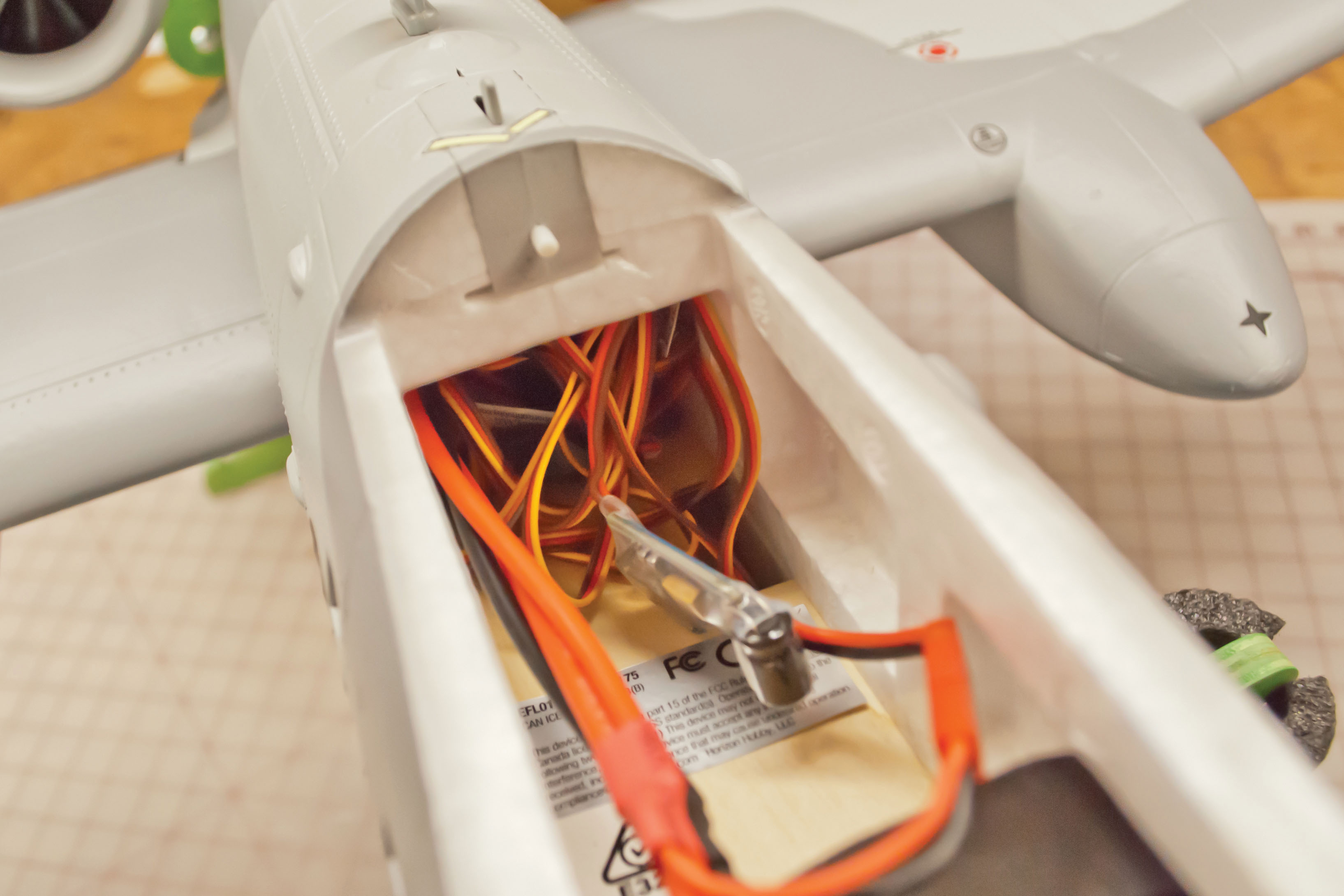
Image
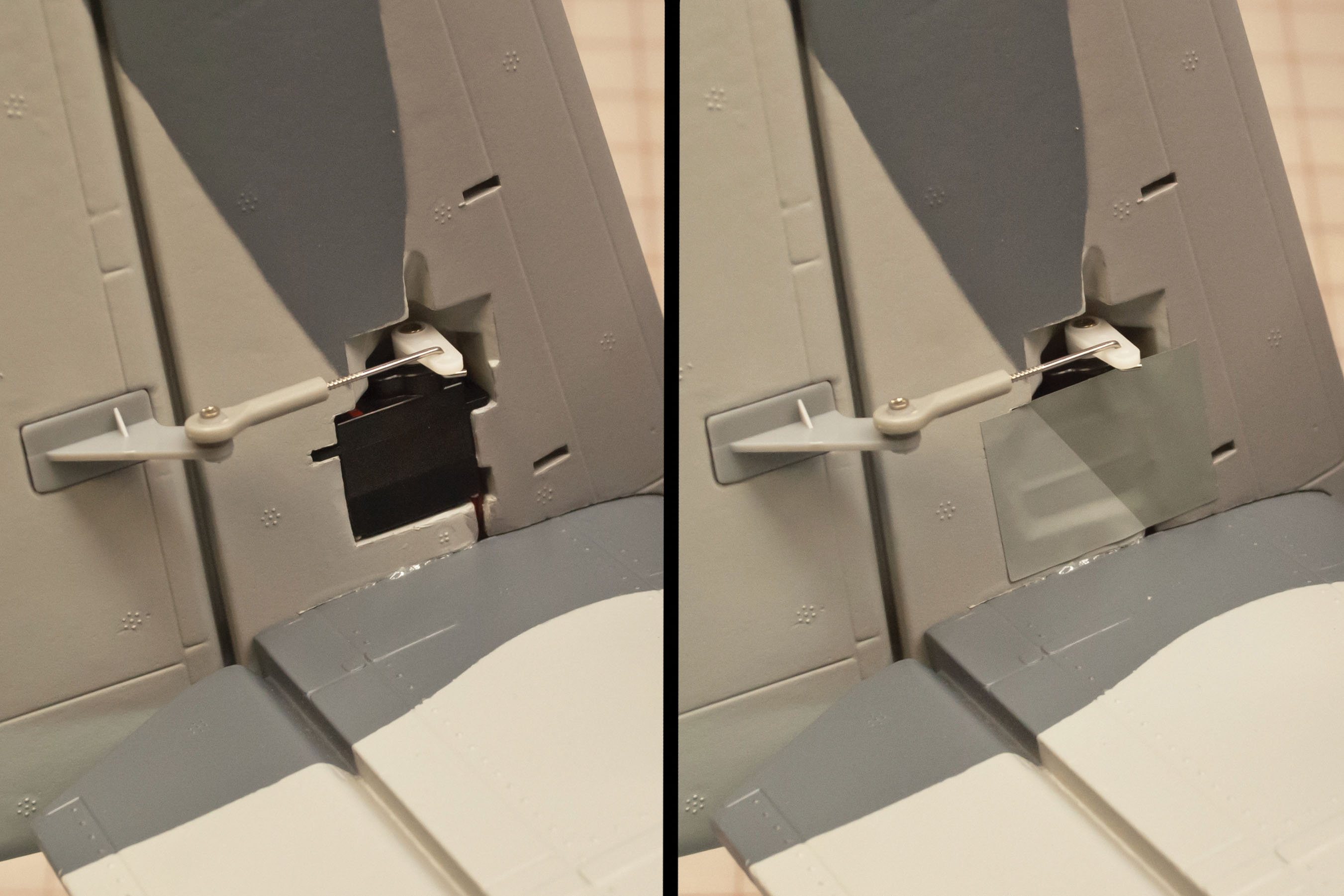
Image
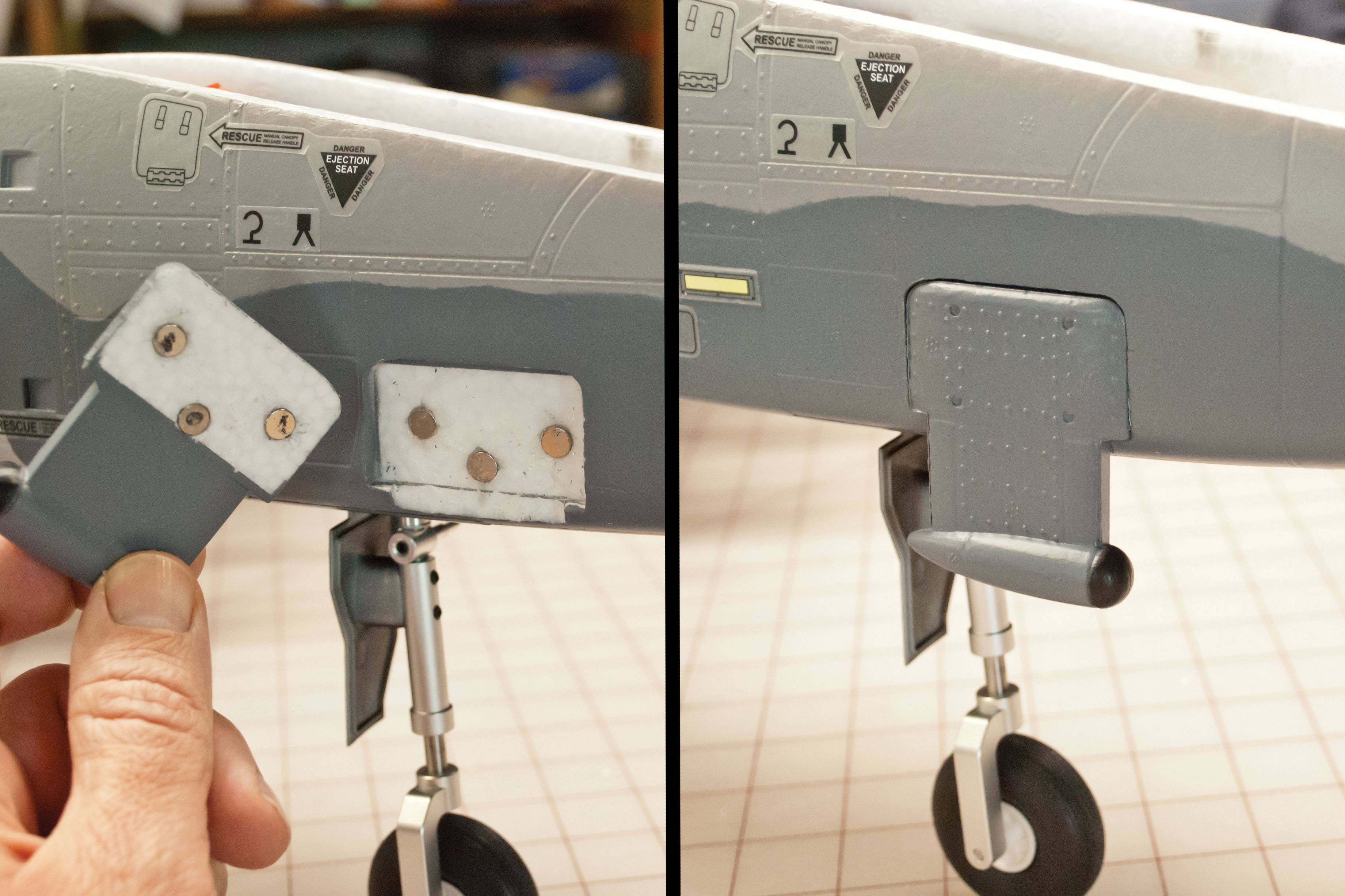
Image

Image
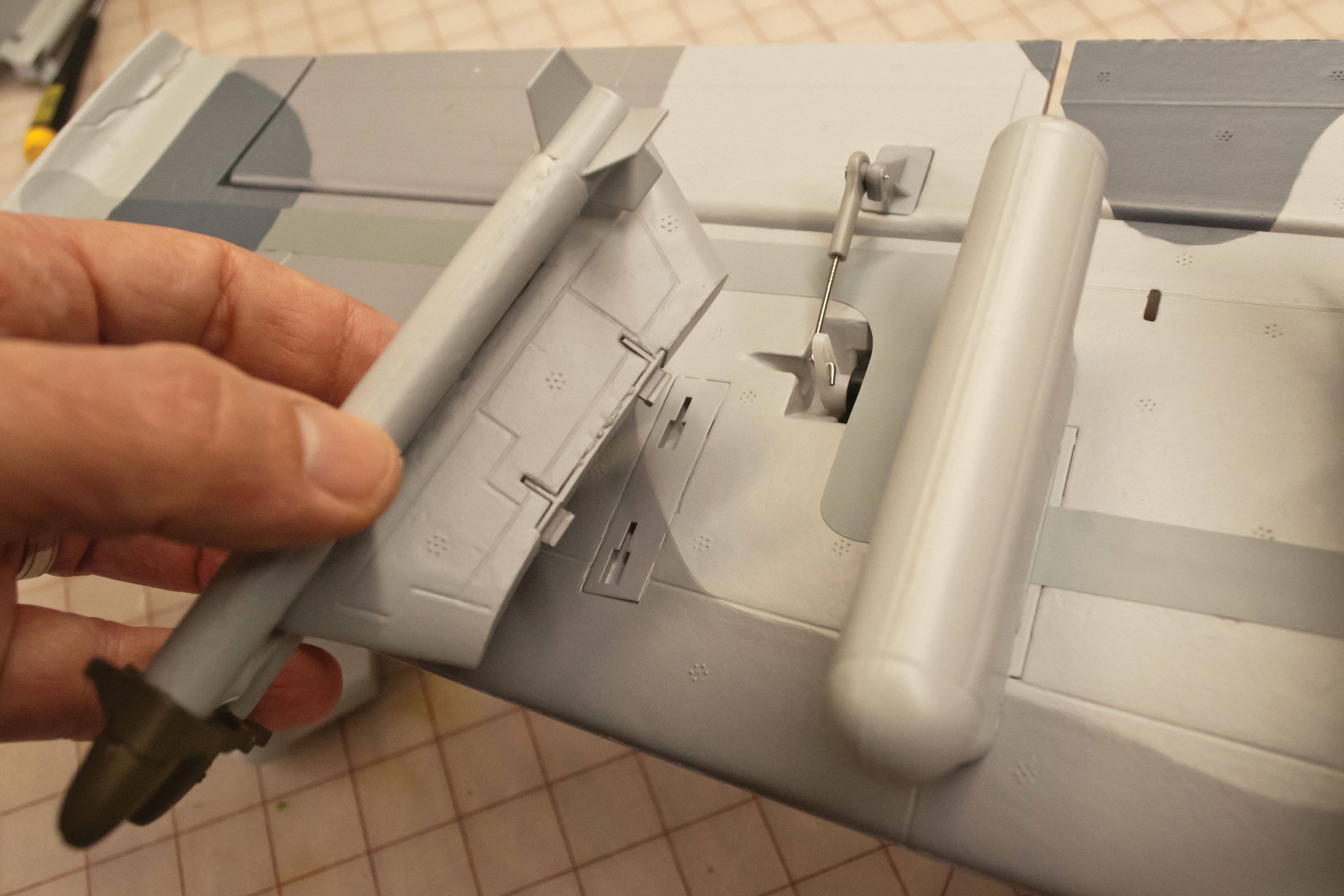
Image
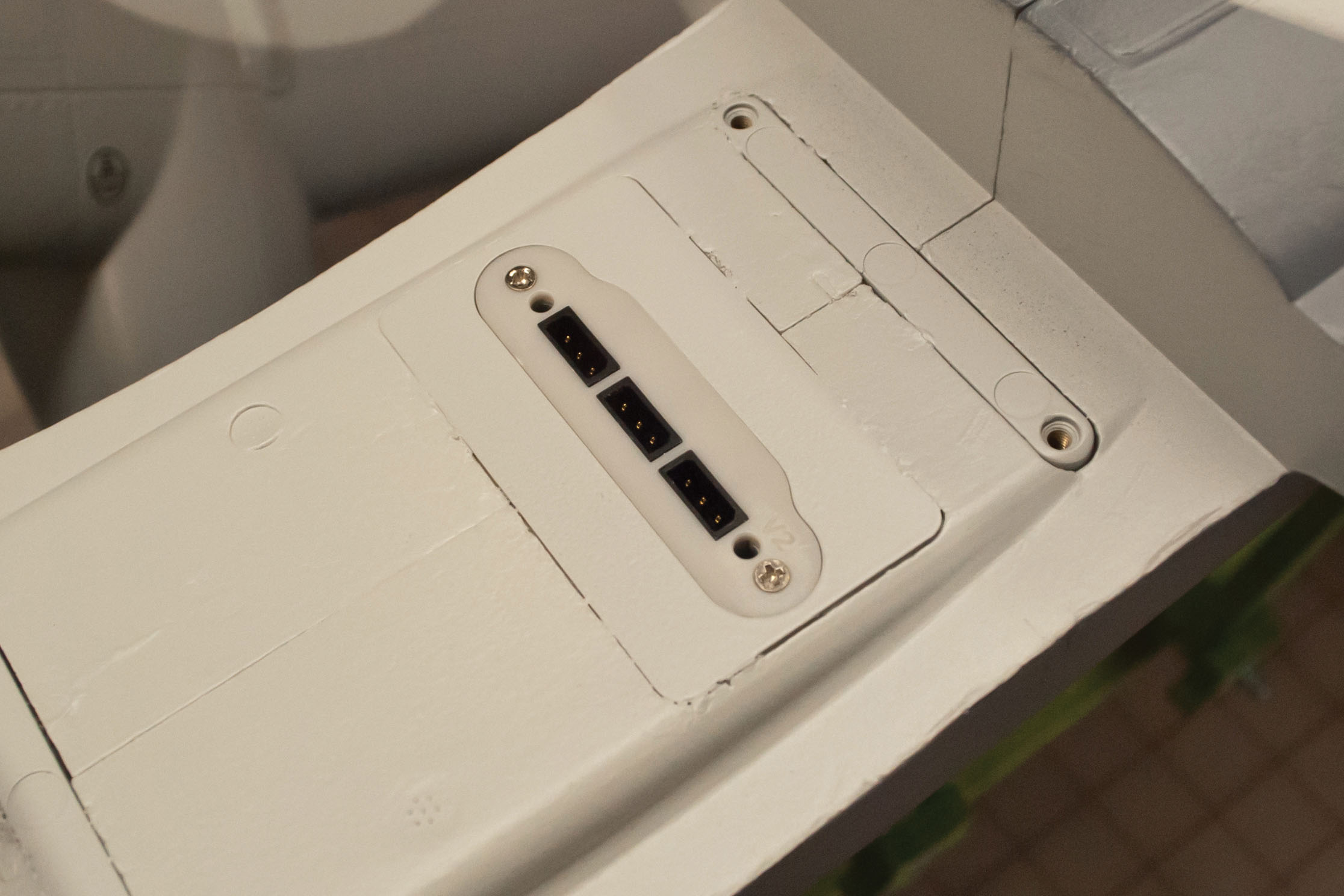
Final Approach
I will admit that I was initially somewhat skeptical about this model. At first glance, it seemed to me that E-flite tried to implement too many features for a model of this size, making it overly complex and heavy. My hands-on experience with the A-10, however, has shown me that all of the extras—such as the flaps, retracts, rudders, and scale details—actually work together nicely. This Warthog is heavier than other similarly sized A-10 models, but it does not fly like an overweight airplane. It is powerful, well-behaved, and fun to fly.Image
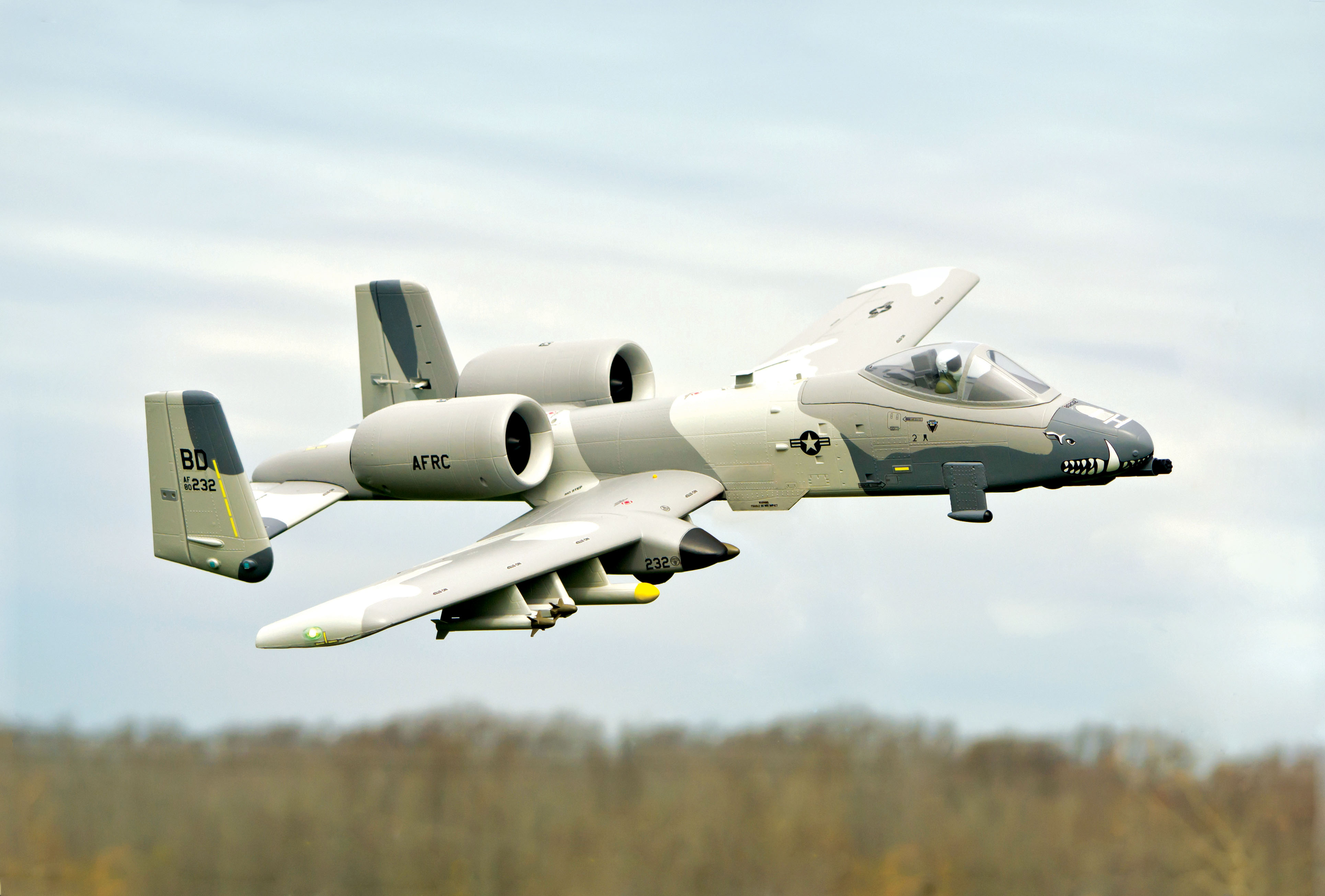







Comments
A-10 review
I enjoyed your A-10 review quick concise and to the point and truth full. It is a little weighty and the battery compartment is tight. That being said its the best A-10 for its size .
looks very fun , but where's
looks very fun , but where's the price?
Add new comment